Burned Alive
In Film
The Wickerman
Travelling to the isolated island of Summerisle, Howie discovers that find the inhabitants practise a form of Celtic paganism and are possibly going to sacrifice the missing child to please their gods. It does not end well for the poor Police Sergeant, as he finds out that HE is the real sacrifice, and is dragged kicking and screaming to a giant”wickerman” statue, where he is burnt alive. The denizen dance and sing, celebrating the event as the sun slowly sets in the distance.
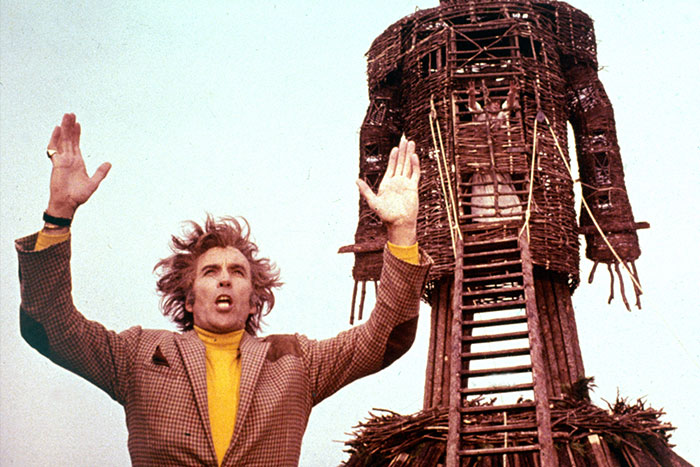
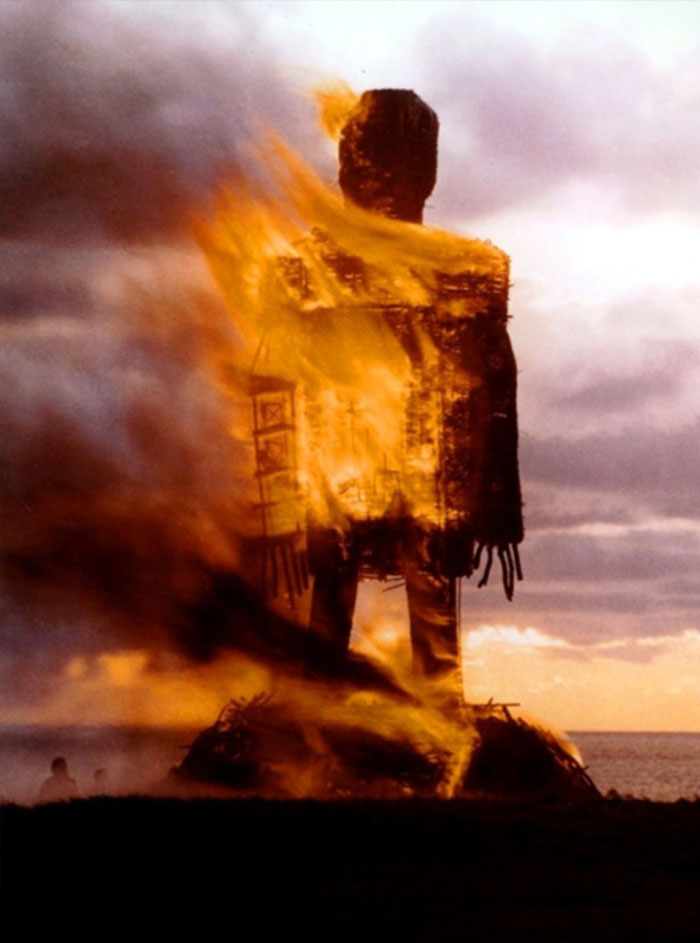
Sacrifice
The human sacrifice, such as seen in The Wikcerman, has a basic motive, the perpetuating power and good fortune through the influence of gods and demons. This type of sacrifice was mostly done with children, as they represented innocence and purity. First records indicate that this type of sacrifice started around 3rd century BC and have continued right up to modern times. These modern day events are not as institutionalized as they used to be way back when, and reports of this type of death are thankfully rare.
Nightmare On Elm Street
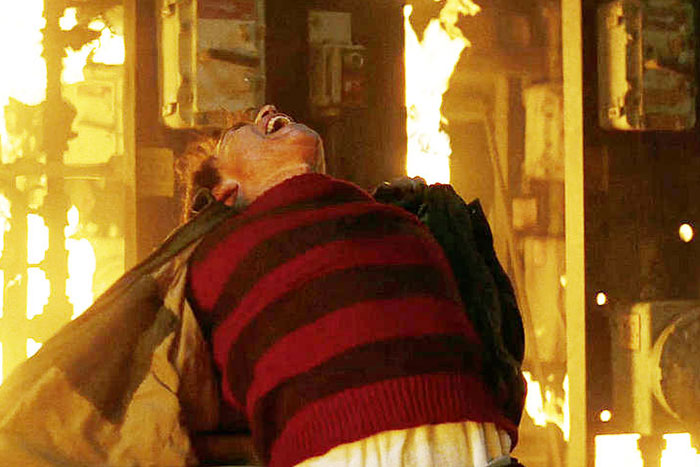

Justice
Revenge is best served cold, so says an old Klingon proverb, but in this case, it’s burning hot. Being burned alive has been an age old punishment dating back beyond record. 18th century BC Babylonia burned people for incest and Ancient Egypt burned women for adultery. It is no longer an excepted form of execution but is still being used as vigilante justice in the Middle East and Indian.
Halloween II
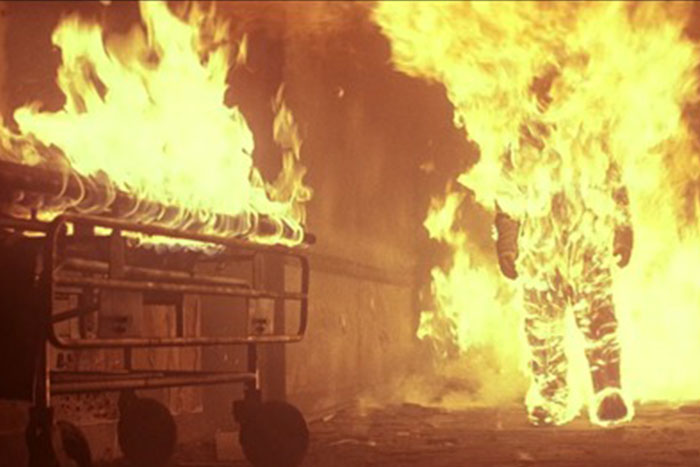
This “cleansing” is a popular horror trope. Many characters have found death in the smouldering embrace of fire, and many fictional characters have been defeated with fire as an aid. Think of the villagers taking up pitchforks and burning torches to confront Dracula, Frankenstein or the Wolfman. Would they have been so brave with out the protection that fire brings?
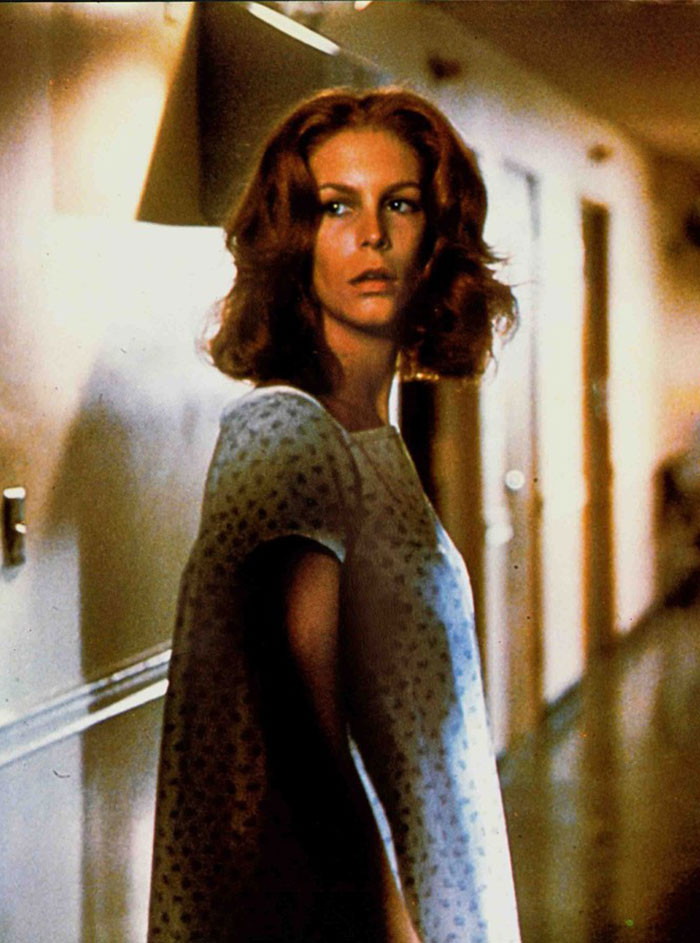
Cleanse
Fire has always been seen as a cleanser of evil. The Bible speaks of three agents of cleansing: blood, water and fire. It speaks of burning away the “chaff” (rubbish) leaving only righteousness. Taken literally, throughout history, people believed that evil can be burned away. Seen here Halloween II and many other films, the Evil is vanquished with flames, burning away all the terrible deeds and hopefully ending the terror that had ensued.
Candyman

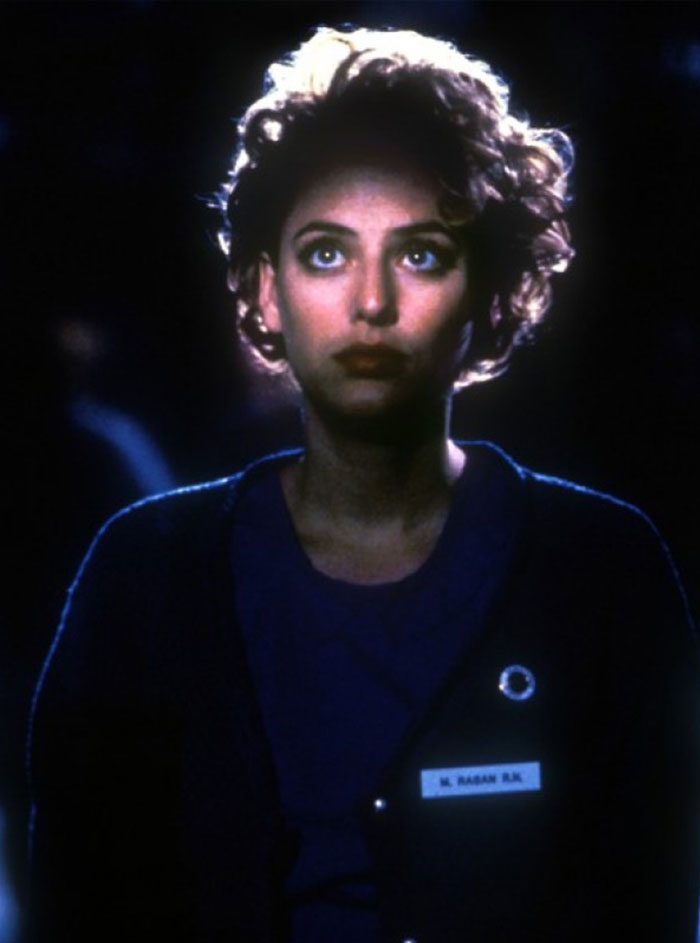
Manslaughter
Manslaughter is a legal term for the killing of a human being, in a manner considered by law as less culpable than murder. Arson can sometimes result in mistaken death, in these cases, manslaughter charges will usually be brought on the arsonist. In Candyman, the residence are ultimately responsible for Helen deaths.
Red Dragon
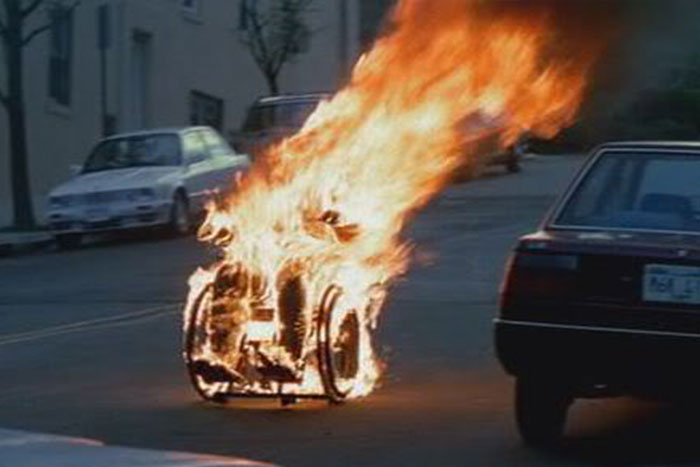
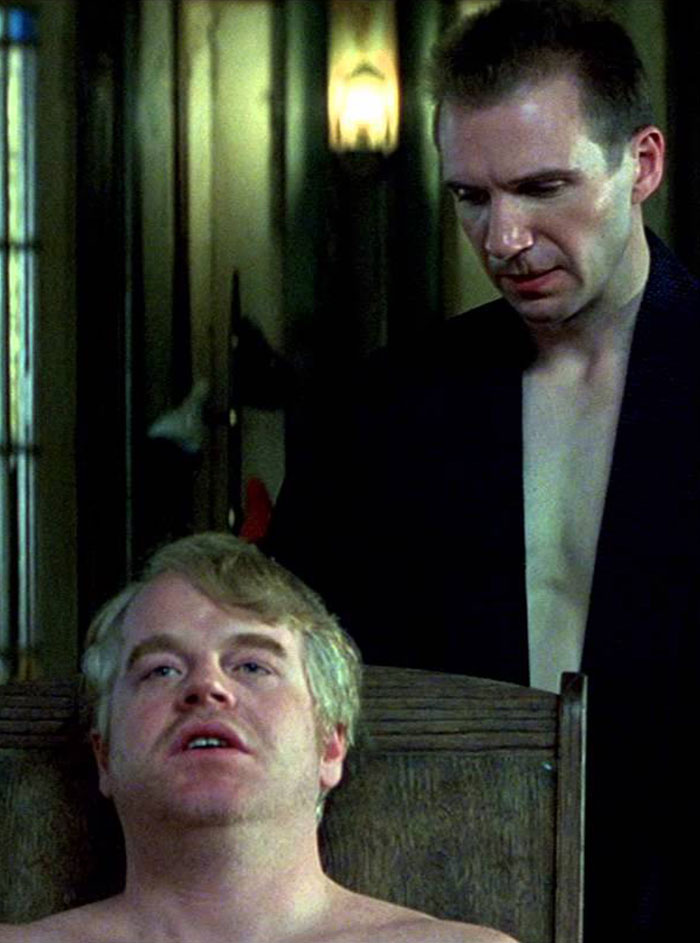
Murder
Deliberately causing death through the effects of combustion is one of the terrible ways in which the human race has brutally murder one another. It’s not just murder, but also a warning of the pain and anguish in which the killer can imbue upon their victims. Science would say that death is usually down to carbon monoxide poisoning, however, this does not stop the agonizing pain you would suffer as your body burned.

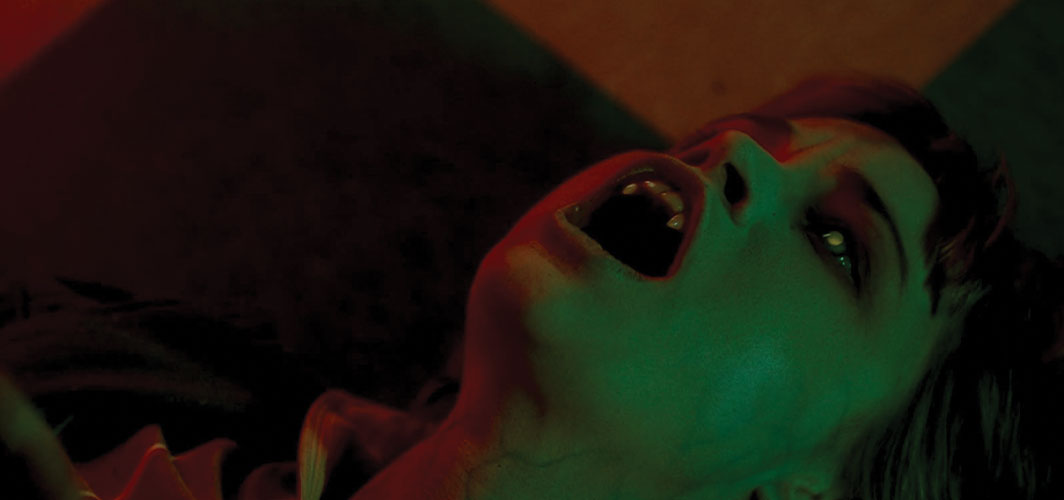
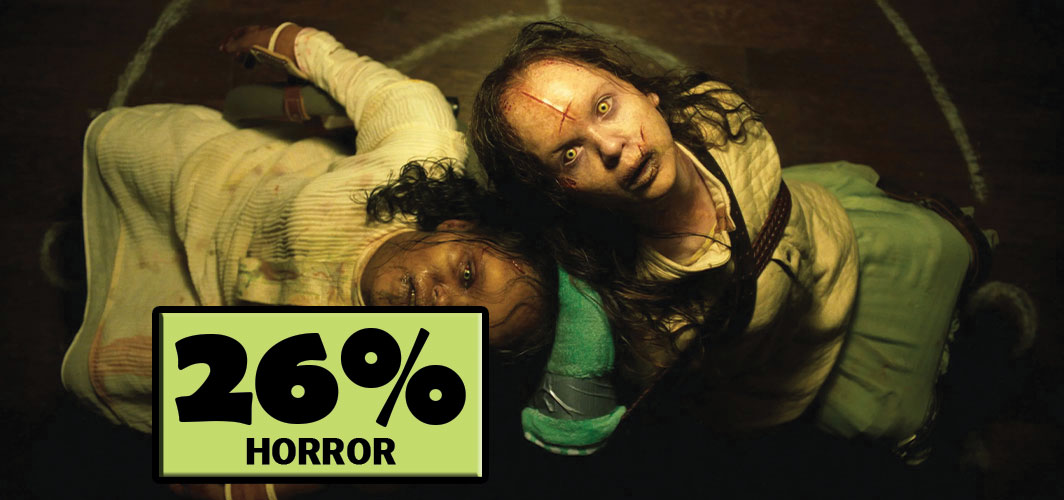
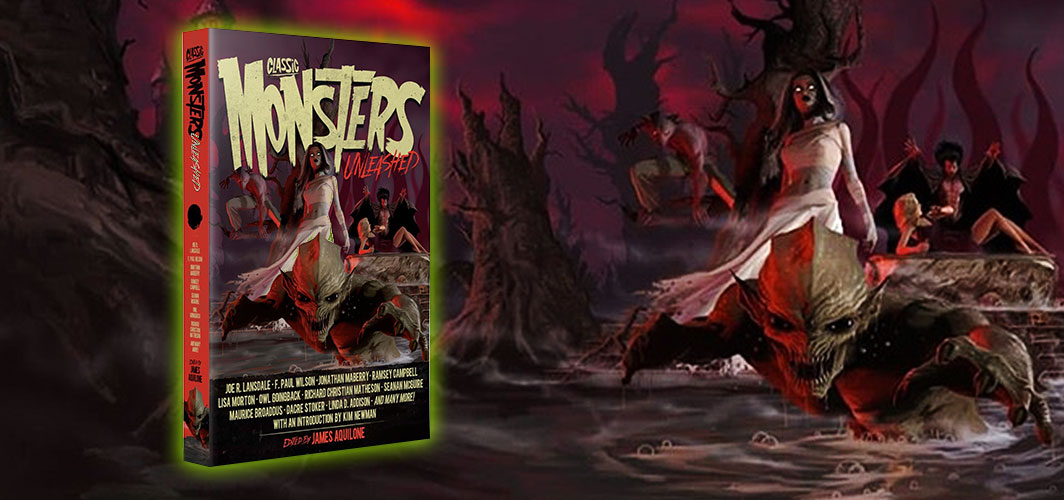
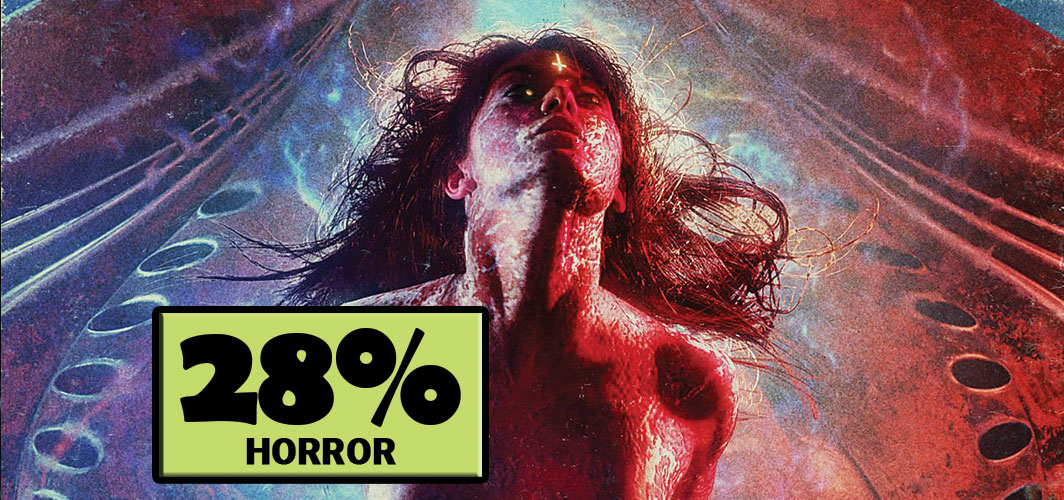


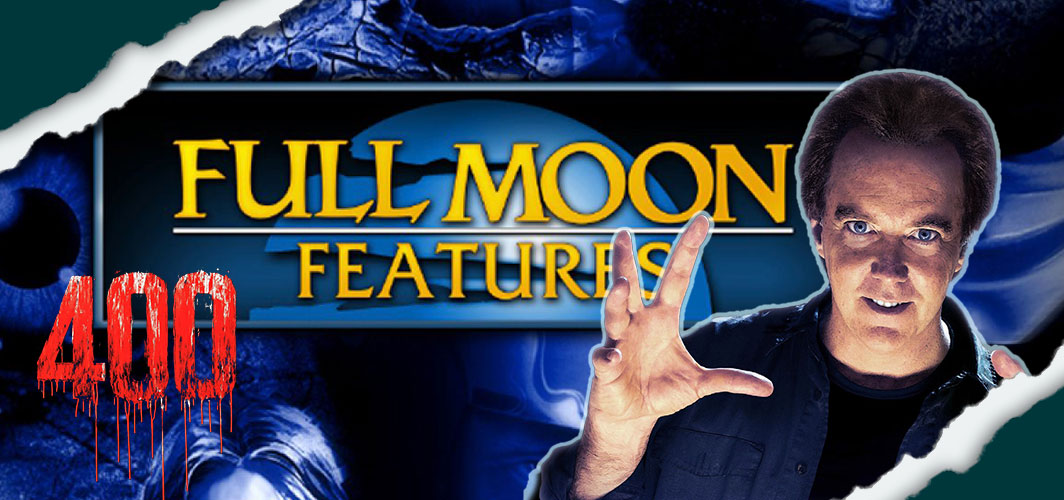

Things are hotting up! Do you feel Burned or Bummed at our list? Let Us Know!